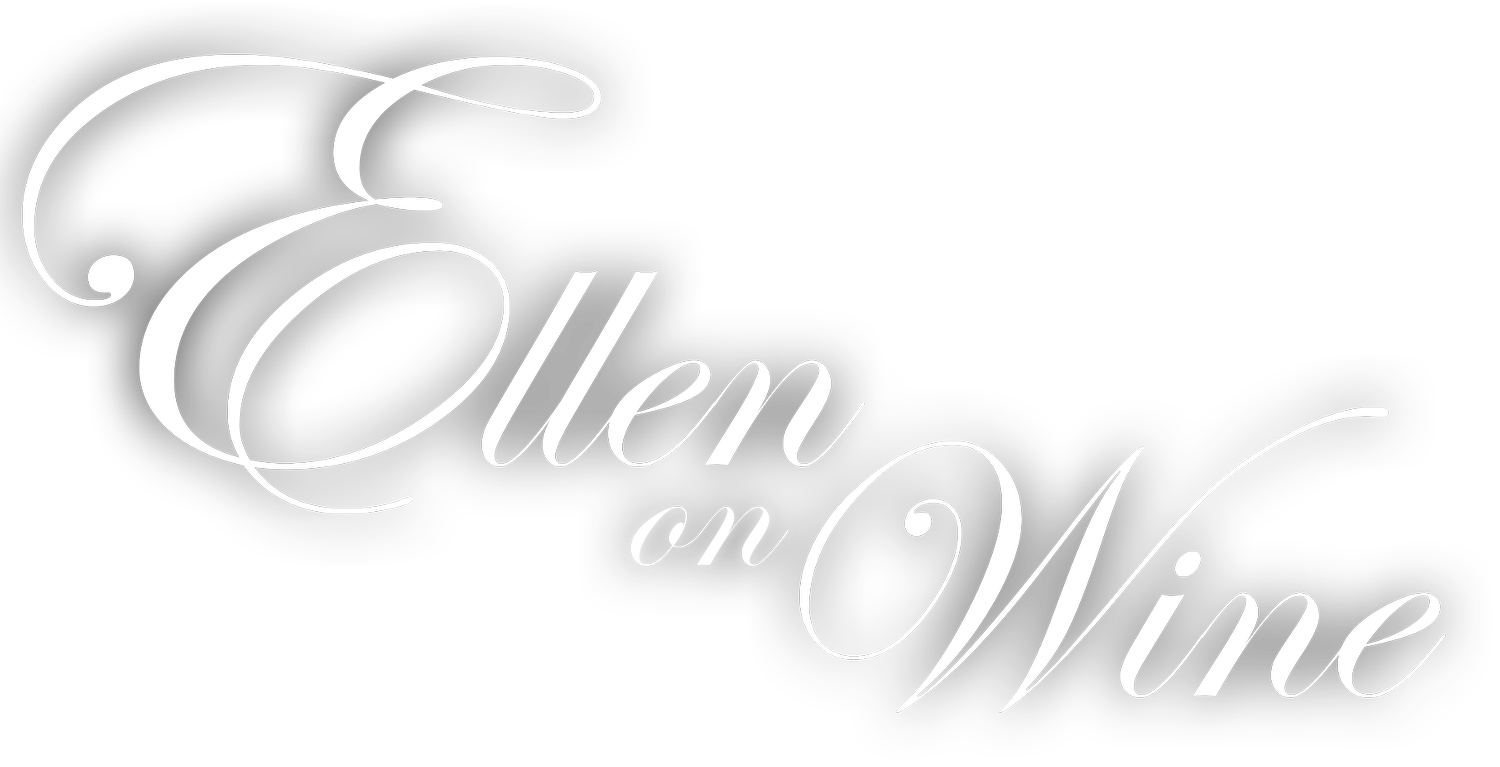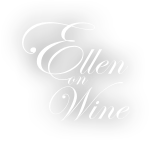Eye-catching OLED Wine Labels
You may be familiar with OLED technology for modern TV displays, but did you know it’s now starting to be used on wine labels? You do now. In the beverage industry, Coca-Cola was the first to adopt German-basedInuru’s OLED labels. They won multiple packaging and marketing awards for their use of this technology on limited edition soft drink bottles. Stephen and Gloria Reustle, proprietors of Umpqua Valley’s Reustle Prayer Rock Vineyards, were the first adopters of OLED technology for wine bottle labels. They applied an OLED label on the specialty bottling of their beautifully crafted, Gold medal-winning 2020 Deux Barrique Tempranillo. Although the label is higher priced compared to standard wine bottle labels, they are very happy with the outcome of their experimentation with the new Deux Barrique OLED label. Stephen states that the label helped the Reustles and their team “promote the specialty bottling of Tempranillo and allowed us to grab the person's attention and tell the story behind the wine.”
A light fingertip touch to a specified spot on the label activates the novel product, illuminating a particular portion of the label. The extremely thin label (0.5 millimeters total thickness) is completely flexible, programable, recyclable, cool to the touch, durable, waterproof, and shockproof. Wireless technology eliminates the need for an app or a plug source to light up the bottle. Inuru’s OLED products are environmentally friendly, as they are manufactured without using any rare earth metals (reportedly, a low percentage of products that have used rare earth metals have been recycled in past years). According to Inuru, their Organic LEDs make the product and the supply chain green. And beyond that, their products do not contaminate the materials that need to be recycled.
Initial inventors of the patented OLED technology were long-term Eastman Kodak employees Steven Van Slyke and Ching Wan Tang who began developing it in 1979. Although a brand-new approach to bottle labeling, OLED technology has been around since 1987 for a wide range of applications such as an OLED car stereo display by Pioneer in 1997, and thereafter OLED display for a Kodak EasyShare digital camera. Today, OLED technology is commonly used high-tech televisions (offered by Sony and LG among others), computer monitors, and cellular phones.
Technically speaking, OLED is a highly efficient technology made with organic thin films between two conductors. When an electrical current is applied, a bright light appears. OLED displays offer increased efficiency compared to liquid crystal displays and do not require an external light source. Users have found that OLED products offer improved image quality, brighter displays, and a fuller viewing angle, and the refresh rates are faster. And this technology reportedly reduces power and fuel consumption, and greenhouse emissions, benefiting not only those of us here now, but future generations as well.
“Since we were the first application of this technology on wine bottles, there was a learning curve for us and the vendor,” says Stephen. The Inuru representative was at ReustlePrayer Rock Vineyard helping to apply the labels by hand. Stephen shared that Inuru was quite invested in the process, wanting to ensure theReustles were happy with the product. Looking to the future of the technology, Stephen learned that the technology is being adapted to have the lighting mechanism be temperature sensitive. “In this case, you would put your wine in the refrigerator and the light would illuminate at the perfect temperature to serve the wine. In my opinion, this would move the technology from gimmicky to practical, ” says Stephen. This new feature could lead to a more widely spread use of OLED labels in the wine industry. Keep your eyes out for more use of the OLED technology on wine labels as it evolves, and other winemakers begin their experimentation.

